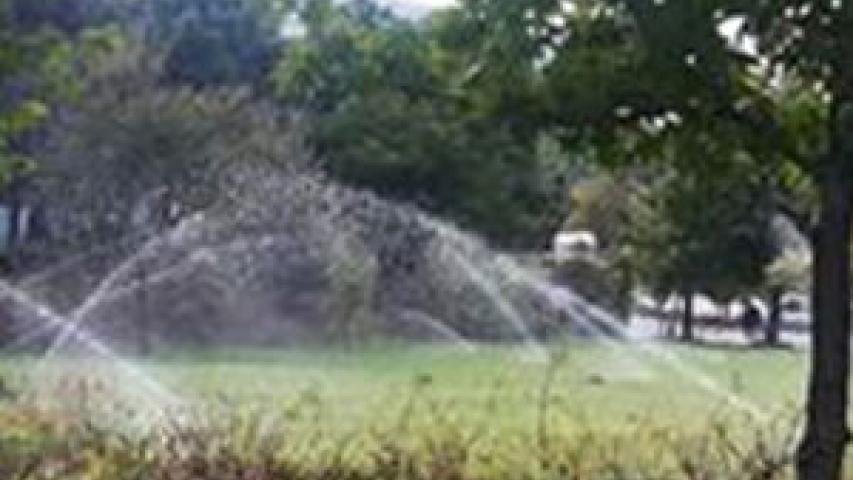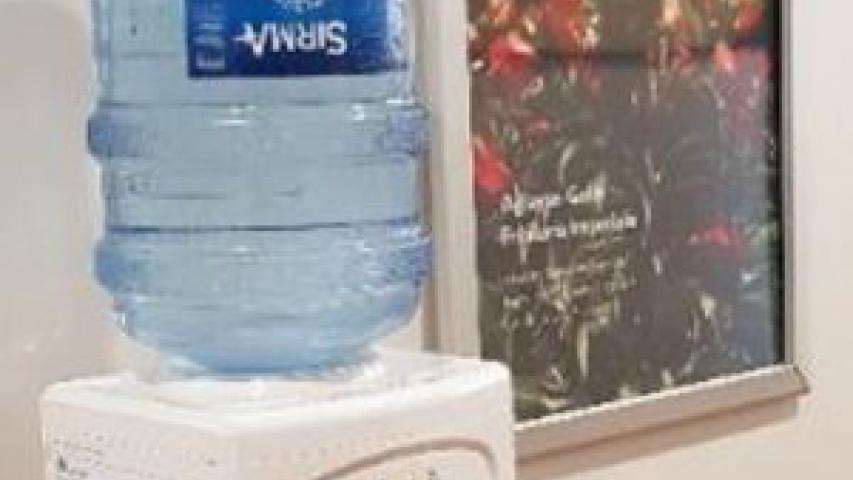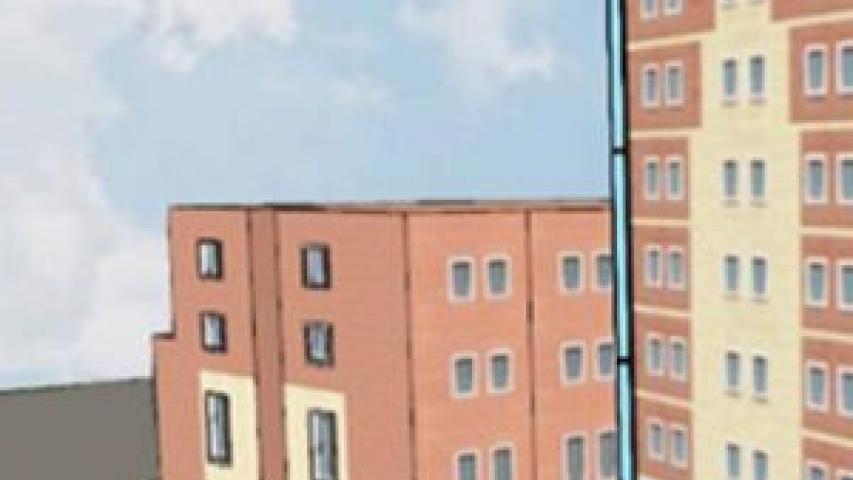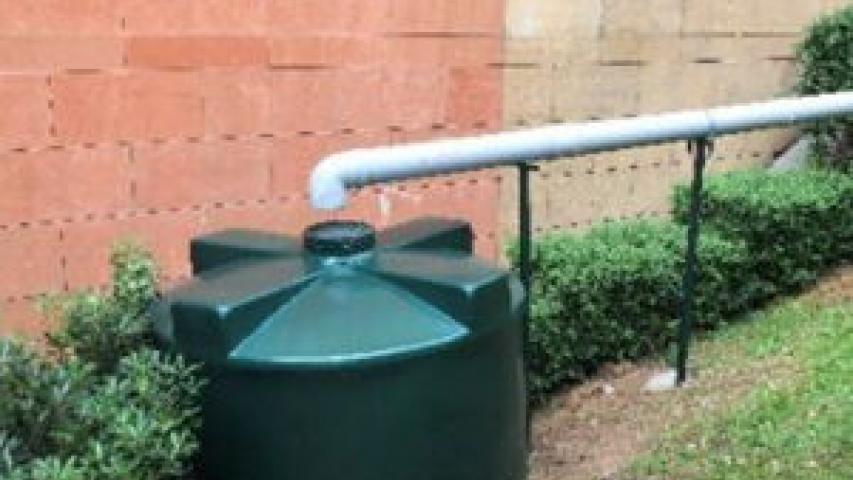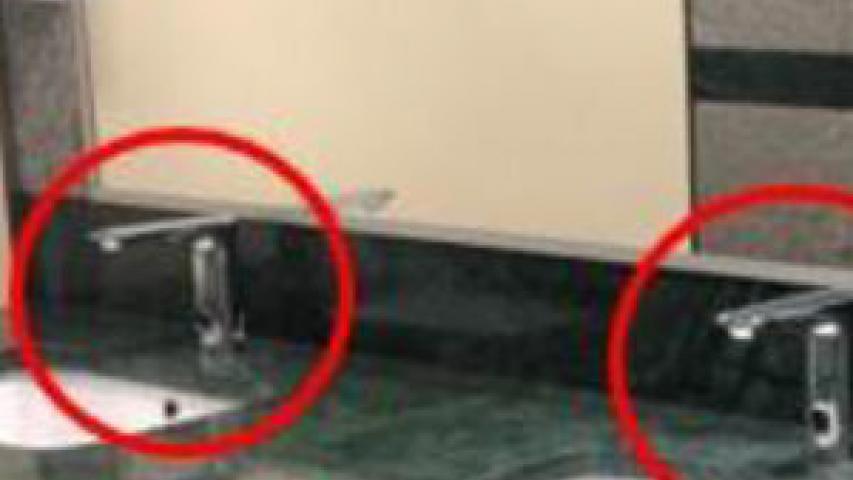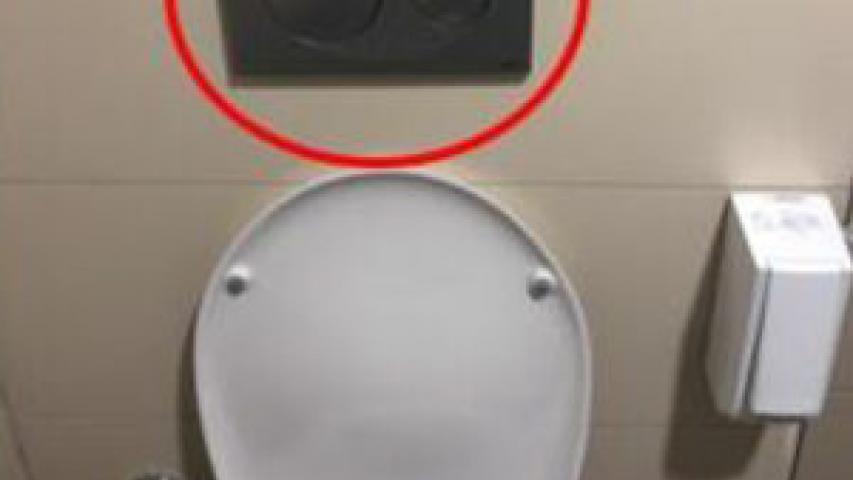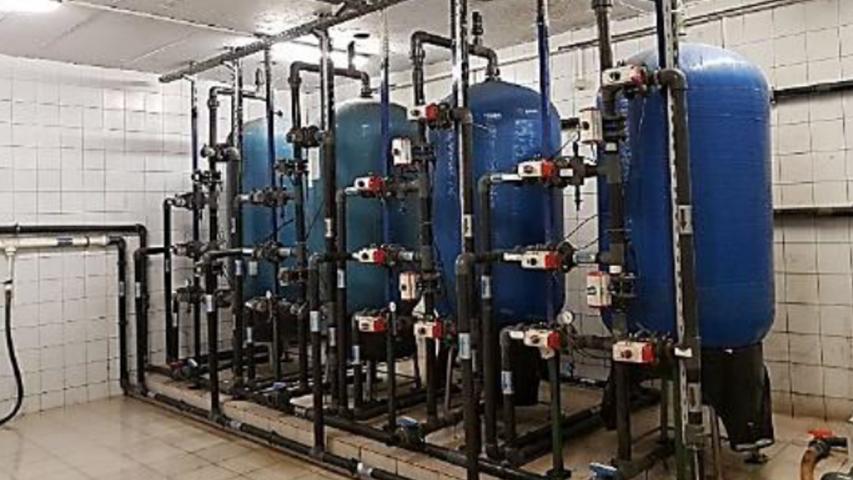A new water conservation program has been implemented in 2019. Rainwater from the building roofs is being collected in rain water tanks for watering indoor and outdoor planting. Also, a ground water tank construction is still in preparation in the Arboretum area. The capacity of the Ground Water Tank is 6000 m³. There are also several drought-tolerant plants used in landscapes in arboretum area and campus in general to minimise water usage can be seen below. Precautions such as those are in line with our zero waste and environmental perspective; in that, we strive to waste no natural resources and minimize our footprint in nature.
Following the water treatment process, the recycled water is taken from the storage tank by an electrical system which uses booster pumps. Then the recycled water is sent to a piping system which distrubutes the recycled water to the garden irrigation system and the campus toilet system. 72000 cubic meters of treated or extracted water is used within the campus by the population of 21854. There is a biological treatment plant in the campus for the treatment of waste water. In the plant, approximately 50% of the total amount of water used annually is treated and recycled as water. Water treatment systems are conducted as the schema below;
- The wastewater is taken to the balancing pool by passing through the coarse grid. The pH of the incoming water is checked in balancing pool and taken to the ventilation pools which are parallel to each other by pumps.
- Air is supplied by the blowers in the ventilation pools for the microorganisms which are living in the wastewater.
- After the ventilation pool, wastewater is taken to the settling tank. Then the clean water from the top of the wastewater is taken. And at the same time microorganisms get together with each other at the bottom of the settling tank. This sludge collected at the bottom is given again to the ventilation pool.
- In order to use the treated water in campus toilets and garden watering. Treated water is passed through fully automatic sand filter and activated carbon filters.
- The adequate amount of chlorine solution is given to the treated water which is passed through the carbon filters to provide eradication of pathogenic microorganisms. After this process, the chlorinated water is ventilated again in the reservoir and the water which is going to be used in campus toilet is passed through the ultraviolet device.
- The sludge coming from the system is passed through the sludge dewatering unit and is used in the green areas of the campus as solid waste fertilizer
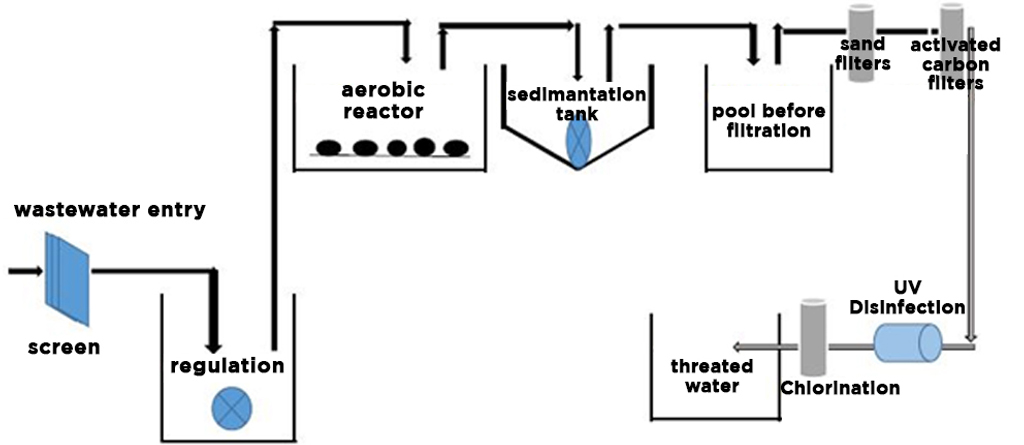
All toxic wastes generated from the university are being sent to the disposal company which has environmental license and permits with a National Waste Transportation Form. Also all the records are kept and at the end of the year Ministry of Environment and Urbanization is being informed in online system. The Use of Water Efficient Appliances in the campus buildings; flow rate decreasing appliances for water taps are used in all the campus WCs. In addition, all the WCs are provided with low flush toilet equipment.
Water flowing from the tap in Istanbul is potable, delicious and healthy, and have a quality above the criteria set by the European Union (EC), World Health Organization (WHO), US Environmental Protection Agency (EPA) and Turkish Standards Institute (TSE). There is also a fountain near to the entrance of the campus. Officials from Ministry of Environment and Urban Planning and Ministry of Health had carried out a study on the water quality for this fountain. A company having the Turkey Accreditation Agency (TÜRKAK) international accreditation prepared a document for the analysis 15 parameters. According to 2023 İSKİ report no negative results were found in the sample from the fountain.
All of our staff within our campus are provided with clean, sanitary water. Moreover; all staff and students were made aware about our new water consumption program and how can they participate in this change in 22 March World Water Day in 2023.
